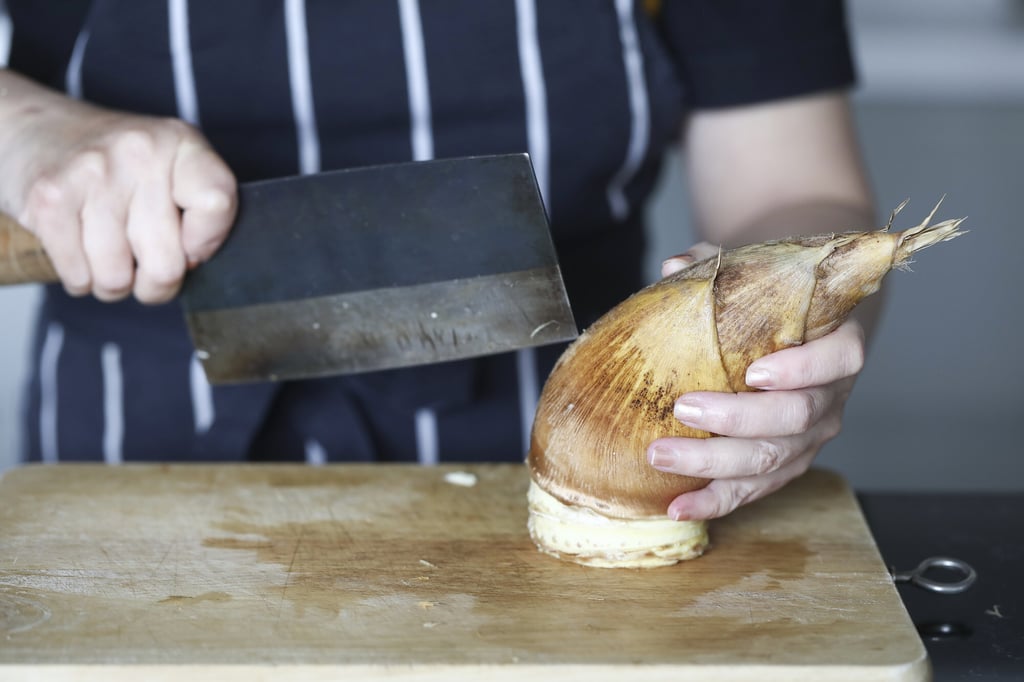How to make Buddha’s delight, or fat choi jai – a Lunar New Year dish to bring prosperity
- This mixture of fresh and dried vegetables, roots and fungi is an auspicious Lunar New Year dish
- Buddha’s delight typically uses an algae that has a high environmental impact so isn’t used in this dish. Dried oysters have been omitted to keep it vegetarian

One of the dishes I remember my grandmother making for the Lunar New Year is Buddha’s delight, or fat choi jai. The dish gets its Chinese name from fat choi – a blue-green algae often called hairy moss seaweed (although it doesn’t come from the sea), and also for a traditional New Year greeting of kung hei fat choi – a wish for prosperity.
The problem with fat choi is that its overharvesting is causing desertification where it’s grown in Inner Mongolia and other parts of China. It is actually banned in mainland China but you can still find it in shops in Hong Kong – although much of it is fake.
I don’t use it in this dish, so technically, it should just be called jai – but I’m calling it fat choi jai because I still wish you prosperity, as well as the more important health and happiness, in the Year of the Tiger.
Buddha’s delight (Fat choi jai)

This vegetarian dish is traditionally eaten on certain days of the Lunar New Year celebrations.
My grandmother (and many other cooks) made it with dried oysters (another auspicious ingredient for the New Year), but oysters are not vegetarian.
Feel free to change the recipe according to whatever dried and fresh ingredients are available. Depending on where you live, you may not be able to find bamboo pith, lily buds (also known as gum jum or golden needles), dried bean curd sheets, or cloud ear or wood ear fungus, for instance, so use more of what you can find, and/or add more dried Chinese (shiitake) mushrooms.
